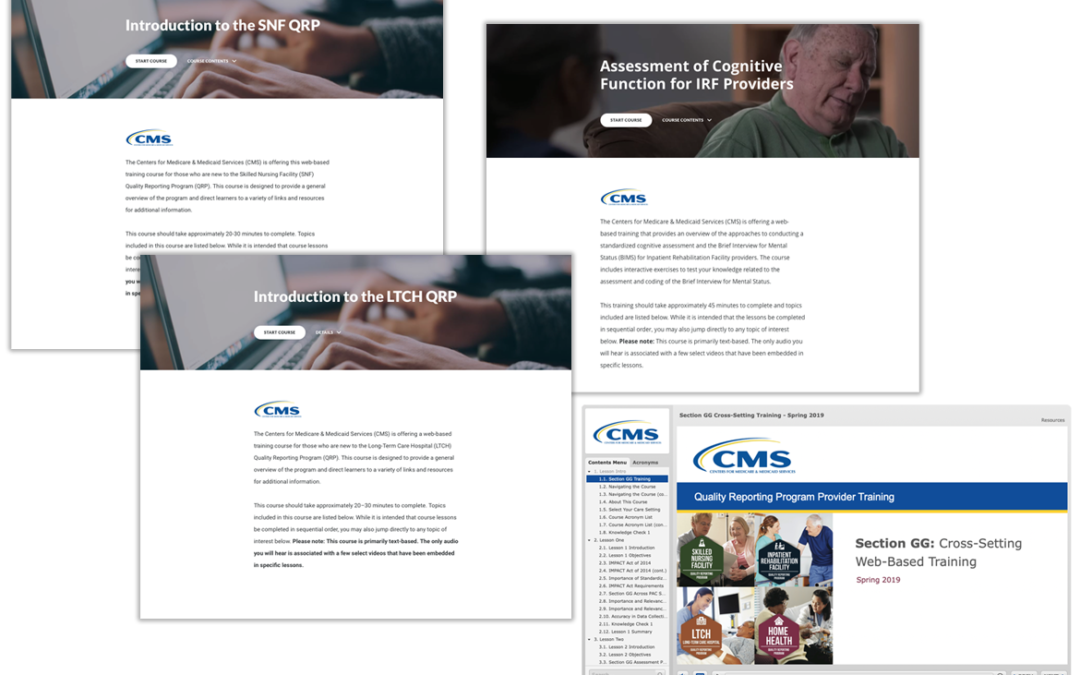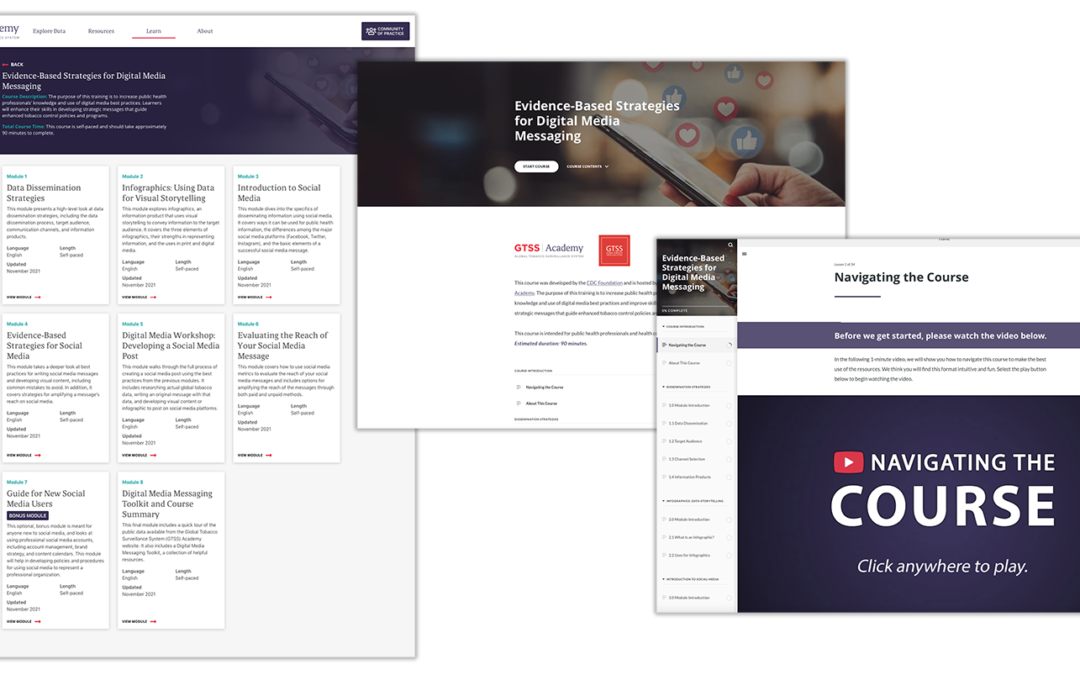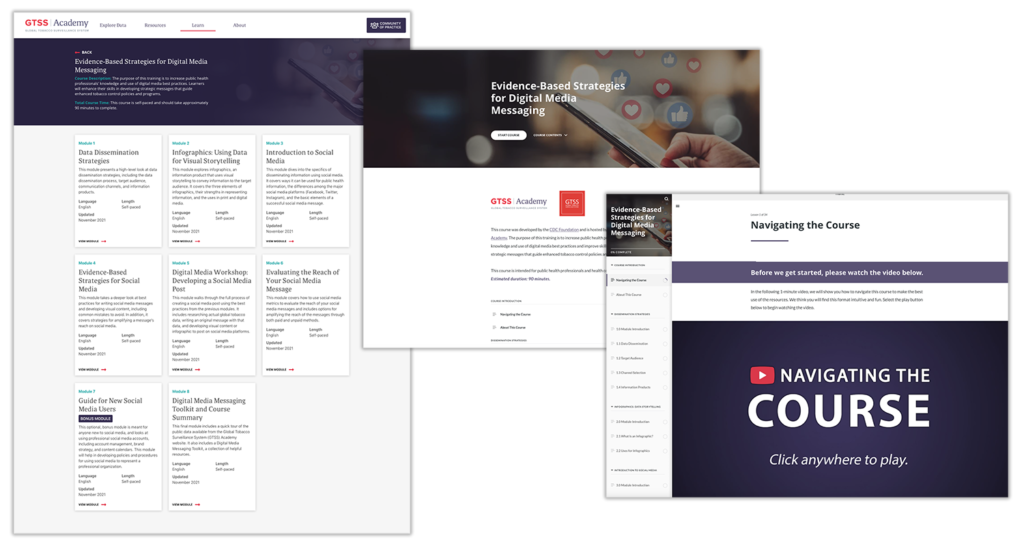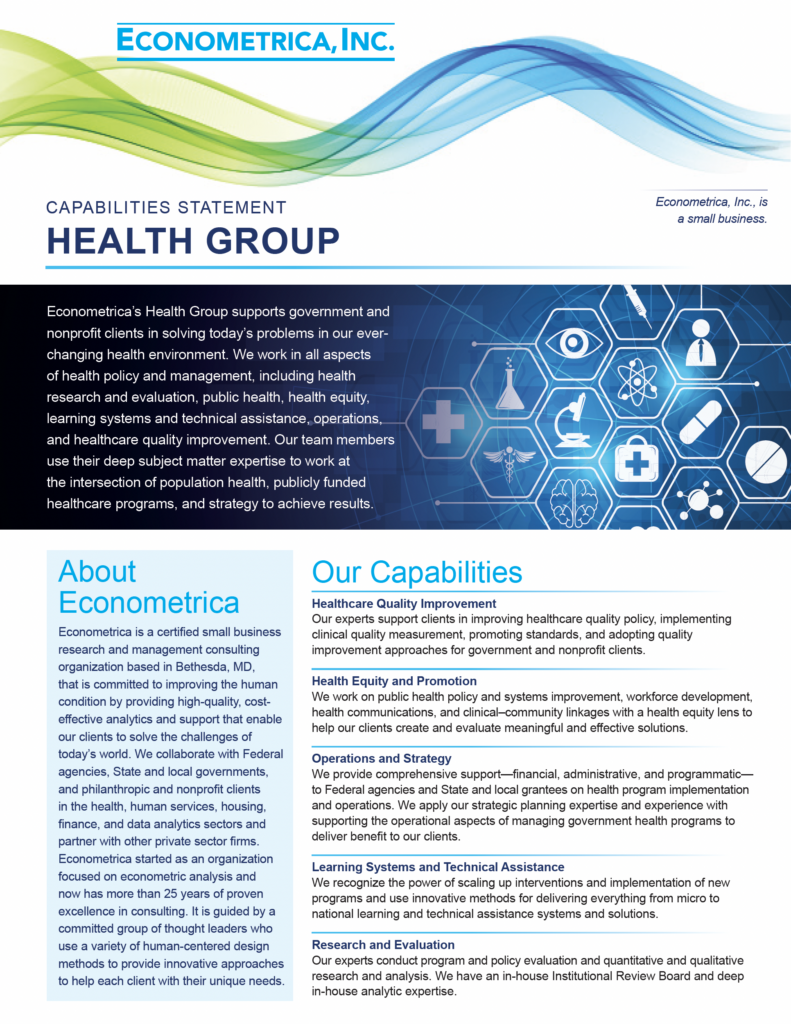Study Finds Widespread Support for Tackling Health Disparities by Addressing Social Determinants of Health
 A recent study coauthored by Econometrica’s Health Director, Dr. Kristie McNealy, found that there is widespread support among researchers for efforts that attempt to reduce health disparities by using a multilevel approach to address the social conditions that help drive those disparities.
A recent study coauthored by Econometrica’s Health Director, Dr. Kristie McNealy, found that there is widespread support among researchers for efforts that attempt to reduce health disparities by using a multilevel approach to address the social conditions that help drive those disparities.
In particular, the study focused on what is currently known about multilevel diabetes prevention and treatment interventions for American Indians and Alaska Natives (AI/AN) and First Nations people in the United States and Canada. Diabetes is a significant issue among AI/AN and First Nations people, who have a higher prevalence of diabetes than any other racial or ethnic group, as well as higher rates of comorbidities and complications such as hypertension and cerebrovascular disease.
Such health disparities are often connected to “social determinants of health,” or the conditions of the environment where a person or group lives—such as access to housing or healthcare—that affect their health, functioning, and quality of life. For example, AI/AN and First Nations people experience a range of significant inequities, including lower graduation rates, higher poverty rates, and decreased access to healthcare, that undermine their health and contribute to higher rates of diseases like diabetes.
Multilevel interventions aim to prevent and/or treat chronic diseases related to social determinants of health by mobilizing support at many levels, from the individual to the policy level. The study’s authors identified 10 multilevel diabetes prevention and/or treatment interventions specifically aimed at AI/AN and First Nations people:
- All 10 interventions focused on diabetes prevention.
- Eight interventions were specifically focused on youth.
- Multilevel design elements were largely individual-, school-, and community-based.
- Three interventions also included environmental- or policy-level components.
Beyond these 10 interventions, the review found that there is little literature about multi-level diabetes prevention/treatment programs for AI/AN and First Nations people. However, the authors did find widespread support among experts for reducing health disparities by addressing the social factors that contribute to those disparities. “Researchers and interventionists should consider multi-level approaches with well-designed, appropriately funded evaluation strategies for diabetes prevention and treatment interventions,” the authors conclude.
To learn more, you can read the full article here.













